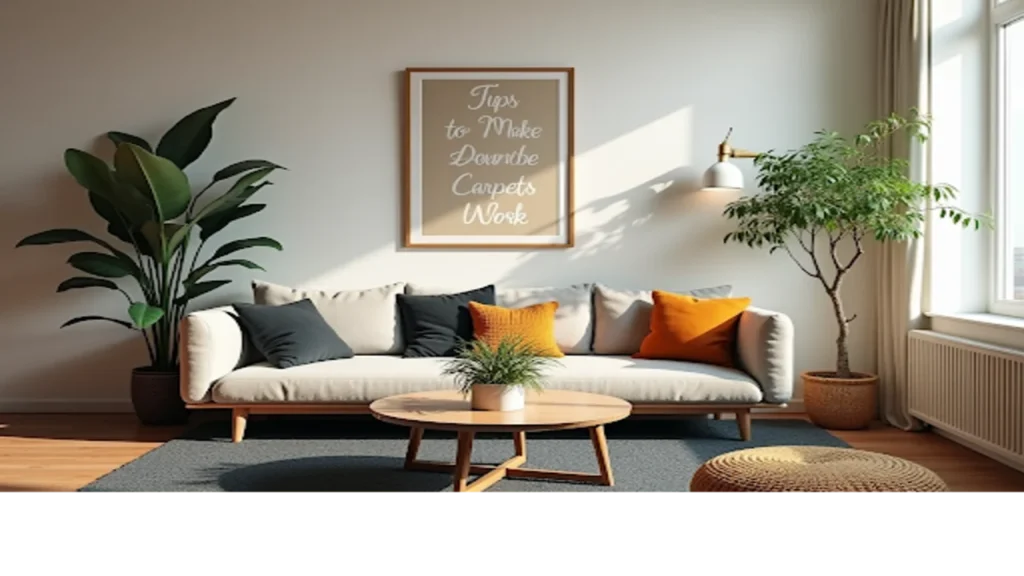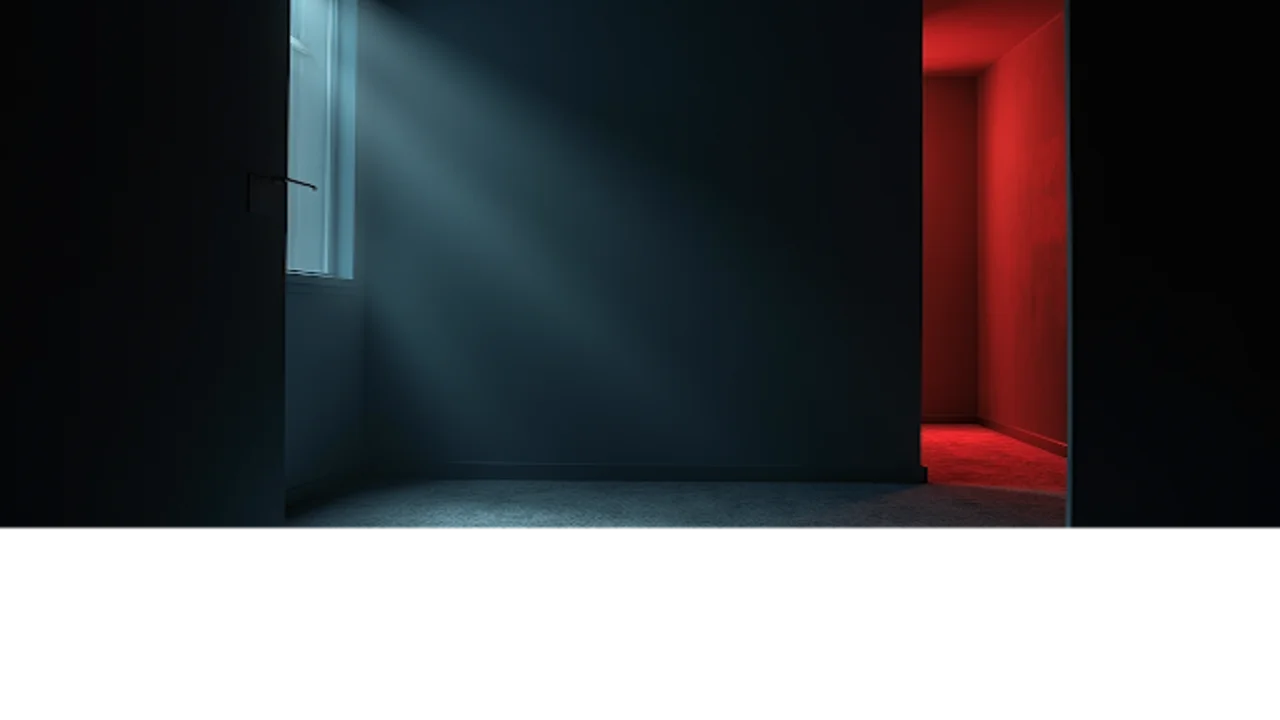The way we design our homes has a profound effect on our emotions, and flooring is no exception. Dark carpet is depressing, not just because of its aesthetic but also due to its psychological implications. It can make a room feel smaller, absorb light, and create a somber atmosphere that influences mood. If you’ve ever walked into a room with a dark carpet and felt a sense of heaviness, you’re not alone. This article delves into why dark carpets can evoke these feelings, supported by psychology, design principles, and expert advice.
Why Dark Carpets Feel Depressing
To fully understand why dark carpets can feel depressing, it’s essential to explore the psychological and visual effects of color and texture in home design.
Color Psychology and Its Impact
Colors profoundly affect human emotions. According to studies in color psychology, dark hues like black, deep gray, and navy are often associated with heaviness, sadness, and negativity. In contrast, lighter colors like cream or pastel shades evoke feelings of openness and joy.
- Dark carpets absorb more light than they reflect, contributing to a dimmer and more enclosed feel in a space.
- These carpets can intensify feelings of isolation, particularly in rooms with minimal natural light.
Visual Effects on Space
Dark carpets can make a room appear smaller and less inviting. Designers often advise against using dark flooring in compact spaces for this reason. The heavy texture and color weigh down the room visually, reducing its appeal and making it feel oppressive.
The Role of Texture
The texture of a carpet further amplifies its emotional impact. Plush, dark carpets may feel luxurious underfoot, but they often lack the visual warmth and vibrancy of lighter, textured options. This can lead to a disconnected and somber ambiance, especially in residential spaces.
Psychological Insights on Interior Design
Dark carpet is depressing because it taps into deeper psychological responses to our surroundings. Here are some scientifically supported insights.
The Connection Between Mood and Space
According to environmental psychology, humans subconsciously respond to the spaces they inhabit. A darker floor:
- Signals a lack of warmth and safety.
- Reduces the perception of height and depth, creating a claustrophobic effect.
- Amplifies stress levels by limiting visual stimulation.
The Impact of Light Reflection
Light reflection plays a vital role in how interiors affect us. Dark carpets, with their low light-reflectance value (LRV), significantly reduce brightness in a room. As a result, even well-lit spaces can feel darker, altering the occupants’ mood and energy levels.
Sociocultural Associations
Historically, darker tones in design have been linked with formal or somber settings such as funeral homes or corporate offices. This cultural association may also contribute to why people feel gloomy when surrounded by dark flooring.
Design Solutions: Overcoming the Darkness
If you already have a dark carpet or love its practicality, there are several ways to balance its emotional impact.
Adding Contrasting Elements
Introduce lighter furniture, walls, or decor items to offset the heaviness of the carpet. For example:
- Pair dark carpets with white walls to create a striking contrast.
- Add colorful artwork or vibrant cushions to inject life into the room.
Incorporating Natural Light
Enhance natural light to brighten the space. Use sheer curtains, mirrors, or glossy finishes to reflect light across the room. This minimizes the enclosing effect of the carpet.
Layering Rugs for Depth
Placing a lighter or patterned rug over a dark carpet can break the monotony and add visual interest. Choose rugs with uplifting patterns or colors for the best effect.
Practical Benefits of Dark Carpets
Despite their downsides, dark carpets are favored in some settings for specific advantages.
| Feature | Dark Carpets | Light Carpets |
| Maintenance | Hides stains and dirt effectively | Shows stains more visibly |
| Durability | More resilient to heavy foot traffic | May wear out faster |
| Aesthetic Flexibility | Suitable for formal or moody interiors | Ideal for casual, airy designs |
While these features make dark carpets practical, their emotional impact should be weighed carefully when designing your living spaces.
The Science Behind Color and Mood
Below is a table highlighting the psychological effects of common carpet colors:
| Carpet Color | Psychological Effect | Best Used In |
| Dark Gray/Black | Depressing, formal, somber | Offices, formal spaces |
| Beige/Cream | Warm, inviting, uplifting | Living rooms, bedrooms |
| Blue | Calm, soothing, reflective | Studies, bedrooms |
| Green | Relaxing, natural, rejuvenating | Living rooms, home offices |
Is Dark Carpet Always a Bad Idea?
While dark carpet is depressing in many scenarios, it isn’t universally negative. Context and complementary design choices play a significant role. In larger rooms with ample natural light, a dark carpet can:
- Add sophistication and depth.
- Serve as a neutral base for bold decor styles.
- Work well in homes with children or pets, thanks to its durability.
However, if you’re considering dark carpets for a smaller or dimly lit space, weigh the emotional impact carefully.
Tips to Make Dark Carpets Work

Use Warm Lighting
Artificial lighting, especially warm-toned LEDs, can counterbalance the gloominess of dark carpets.
Opt for Patterns or Textures
Choosing dark carpets with subtle patterns or multi-tonal textures can make the flooring appear more dynamic.
Balance with Soft Furnishings
Add cozy elements such as throws, pillows, and curtains in warm, bright colors to create an inviting atmosphere.
FAQs
1. Why is dark carpet considered depressing?
Dark carpets absorb light, creating a dim, heavy atmosphere that can affect mood and perception.
2. Can dark carpets work in small rooms?
While challenging, they can work with ample lighting and lighter decor to balance the space.
3. What are the best colors to pair with dark carpets?
Light, neutral colors like white, beige, and pastel tones are excellent for contrast.
4. Are there any benefits to dark carpets?
Yes, they hide stains, are durable, and can add depth to larger rooms.
5. How can I brighten a room with dark carpet?
Enhance lighting, use mirrors, and add vibrant decor elements to create a balanced space.
Also Read: Gratitude as a Superpower: Unleashing the Potential of Thank You Cards
Conclusion: Striking the Right Balance
While dark carpet is depressing for many, its impact largely depends on how it is integrated into a room’s overall design. By understanding the psychological and visual effects of color and texture, you can make informed choices that align with both practicality and emotional well-being. Remember, thoughtful design transforms any flooring challenge into an opportunity for a beautifully balanced space.




